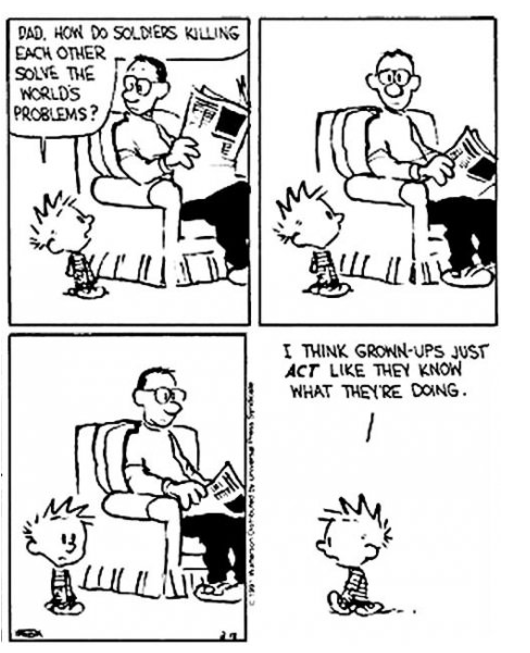The USS Voyager was my first built to purpose starship simulator. It was the inspiration for every simulator in existence today using the experiential education methodology I developed at Central Elementary School from 1983 to 1990. My sixth grade classes were my guinea pigs. After the Voyager was built in 1990, people started to take an interest in this crazy school teacher and his starship ways. The Space Center went from a one man show aided by a dozen or so 6th grade munchins, to hundreds of volunteers and staff
Because of this invaluable help and talent from so many gifted people (like the ones you see in the picture above), new missions, curriculum, and software was developed to upgrade the Voyager and prove its worth to the Alpine School District Board of Education. Seeing the public's demand for field trips, camps, and private missions - the District approved the construction of a new simulator - the USS Odyssey. US West Corporation gave us a $25,000 grant. That money, along with the building talents of Steve and Dave Wall, gave the Space Center its second ship.
Staffing the Space Center in its early days was rough going. During the Space Center's first year US West Corporation donated my full salary and benefits to the district so another teacher could be hired to teach my classroom; thus allowing me to give the Center my full attention.
The school district approved a half time Space Center position to cover the next two years of operations; meaning half my time was spent running a field trip program, camps, and private missions, while the other half of my day was spent teaching 6th grade math and social studies, AND supervising a teacher intern. Those two years were tough. Thankfully, in an effort to preserve my sanity and health, my principal and I convinced the district to provide a full time teacher/director position to run the Space Center from its third year to the present.
I was determined to prove the Space Center's value to a very skeptical educational community. Keeping it open, safe, and financially solvent were my priorities. It was my primary focus until it was time to retire and turn the Center over to younger people who I knew would continue and expand the program.
The first USS Voyager was closed at the end of July 1999 for its first remodel. The ship's original Mac computers were replaced with Apple's new BoniBlue iMacs. New furniture was built in principal Dan Adam's home shop by Kyle Herring, Dan Adams, and a handiman paid to help us by the great Kirby Glad himself. Kirby continues to play a major role in the Space Center movement. He is the principle programmer for InfiniD; the programmer of the new starship controls going into school's all along the Wasatch Front.
I took the pictures you see posted in today's blogpost on the last day of July 1999. We'd just finished the summer camp season. The Voyager was shut down. The camp staff gathered for one last picture on the bridge. The staff said their goodbyes to the old Mac computers. Many were happy to see them go. They served us well over the previous decade, but were definitely showing their age.
After everyone had left, I returned to the bridge for one last look and a few pictures.
 |
| The Voyager Bridge at 2:17 P.M. on July 29, 1999 just before lights out on its last day under its original equipment and furniture. It was a remarkable decade! |
I was somewhat sad to say goodbye to the first Voyager's equipment, and excited to see what the future would hold with new, trustworthy computers and network. These old computers did their job but, like me, needed to go when their time came. Gone would be the fingers crossed daily startup procedure - never knowing which computers would turn on, and which needed a swift bang to the side to get their hard drives spinning! Still, think of what happened on those first machines. Think of all the young hands that worked them over the Space Center's first ten years.
To all of you who currently volunteer and staff the various simulators popping up all over the country and world, remember these humble beginnings. You're part of something that has a rich history. It is a rags to better rags story of a grassroots effort to change education.
Thank you original Voyager, and thank you to everyone who made it work day in and day out. Now let's look forward. There is much to do.....
Mr. Williamson
The Imaginarium











































































No comments:
Post a Comment